Ebusiness Critical Analysis: Measuring Social Media Marketing ROI
VerifiedAdded on 2023/06/08
|7
|1955
|377
Essay
AI Summary
This essay critically examines the challenges of measuring Return on Investment (ROI) in social media marketing within the context of e-business. It highlights the increasing importance of social media for businesses to reach customers, yet also acknowledges the difficulty many brands face in accurately measuring the ROI of their social media efforts. The essay explores barriers such as a lack of understanding of target customers, inadequate knowledge of social media platforms, and the absence of suitable metrics for qualitative analysis. It references the Internet Advertising Bureau's (IAB) findings on effective social media marketing measurement and IBM's success in improving ROI through social media. The essay further explains the reasons behind the stagnation in measuring social media ROI, including fear of negative results, compromise on using easily measurable tactics, and the lack of advanced technology for comprehensive social media analytics. It concludes that the inability to accurately measure social ROI is a major obstacle to successfully implementing social media marketing strategies and reaping profits.
1 out of 7
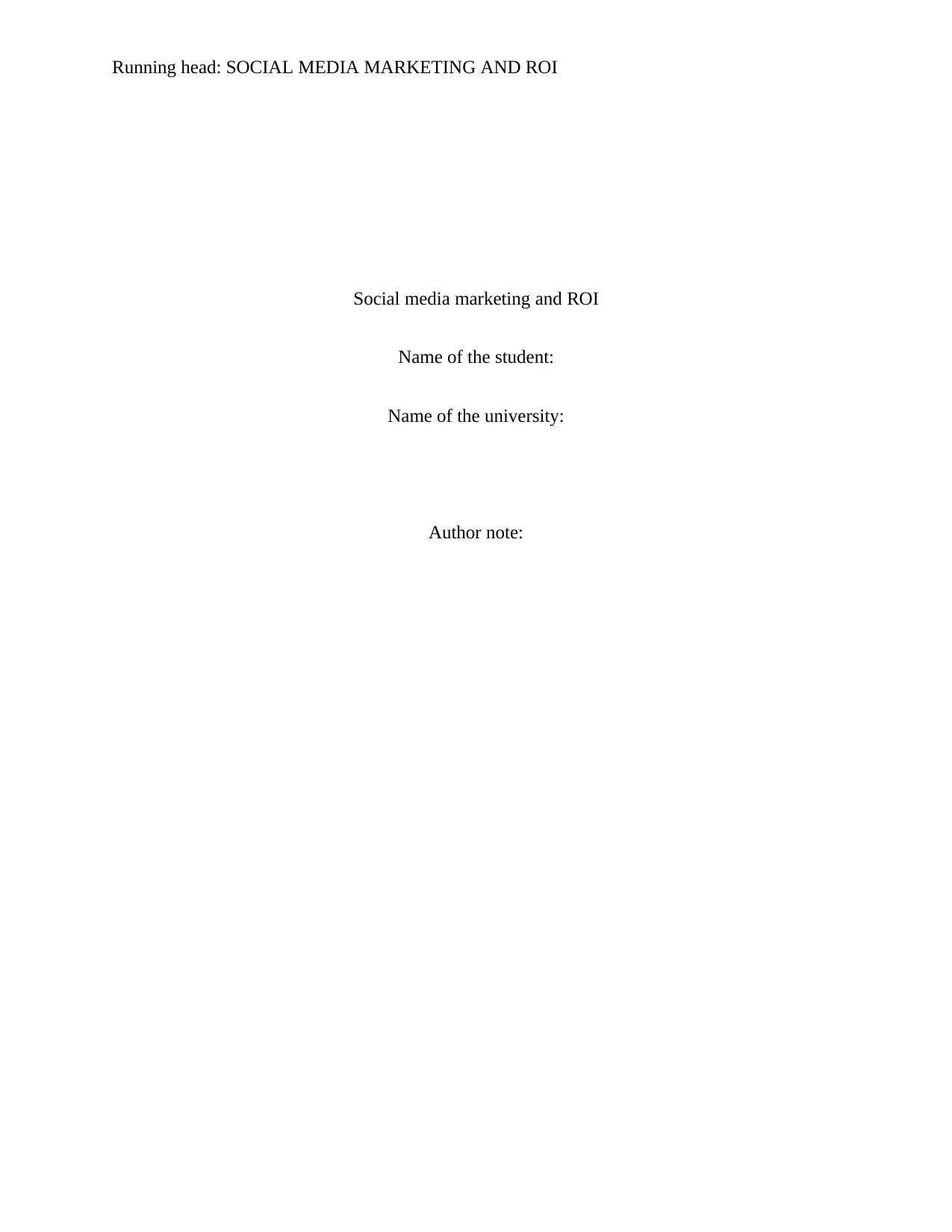
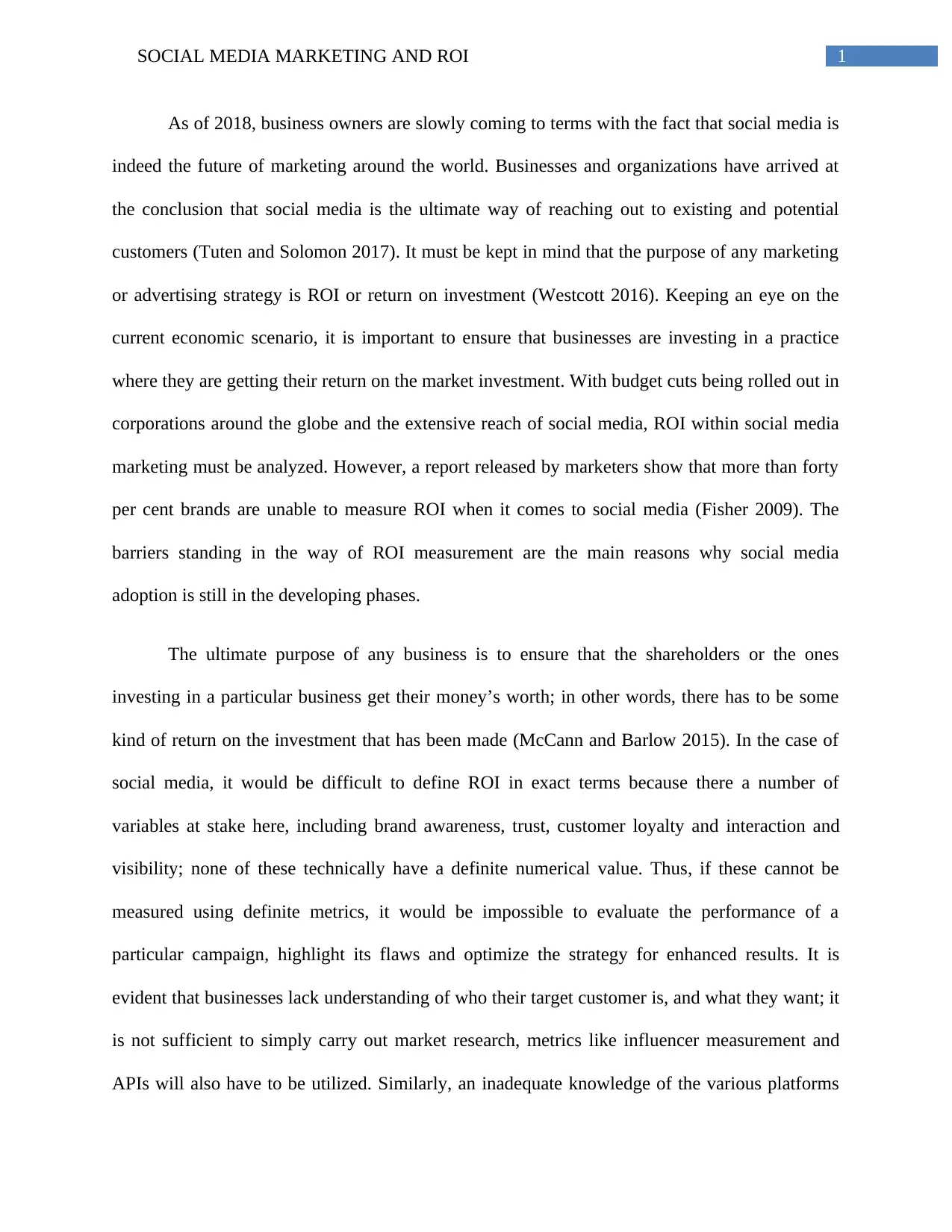
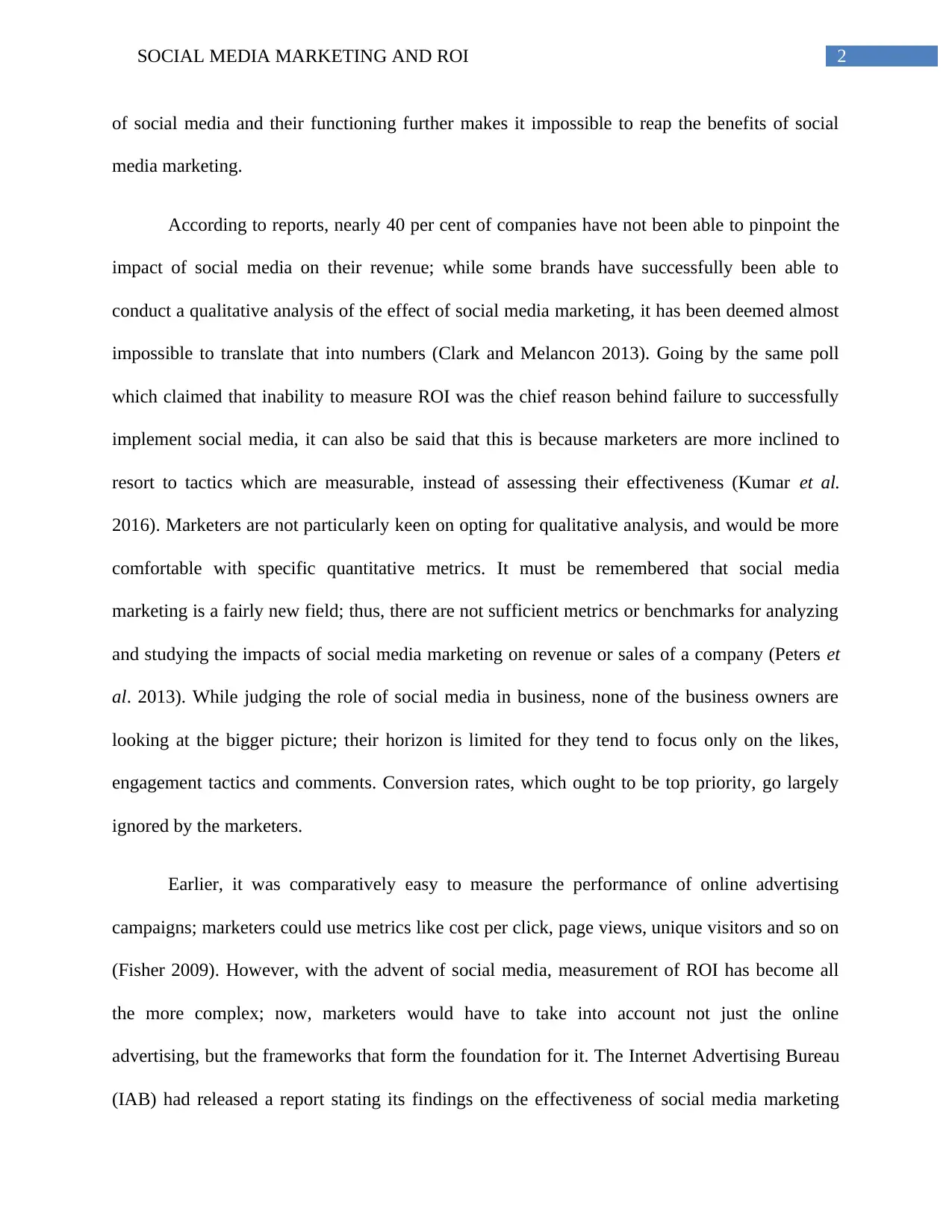
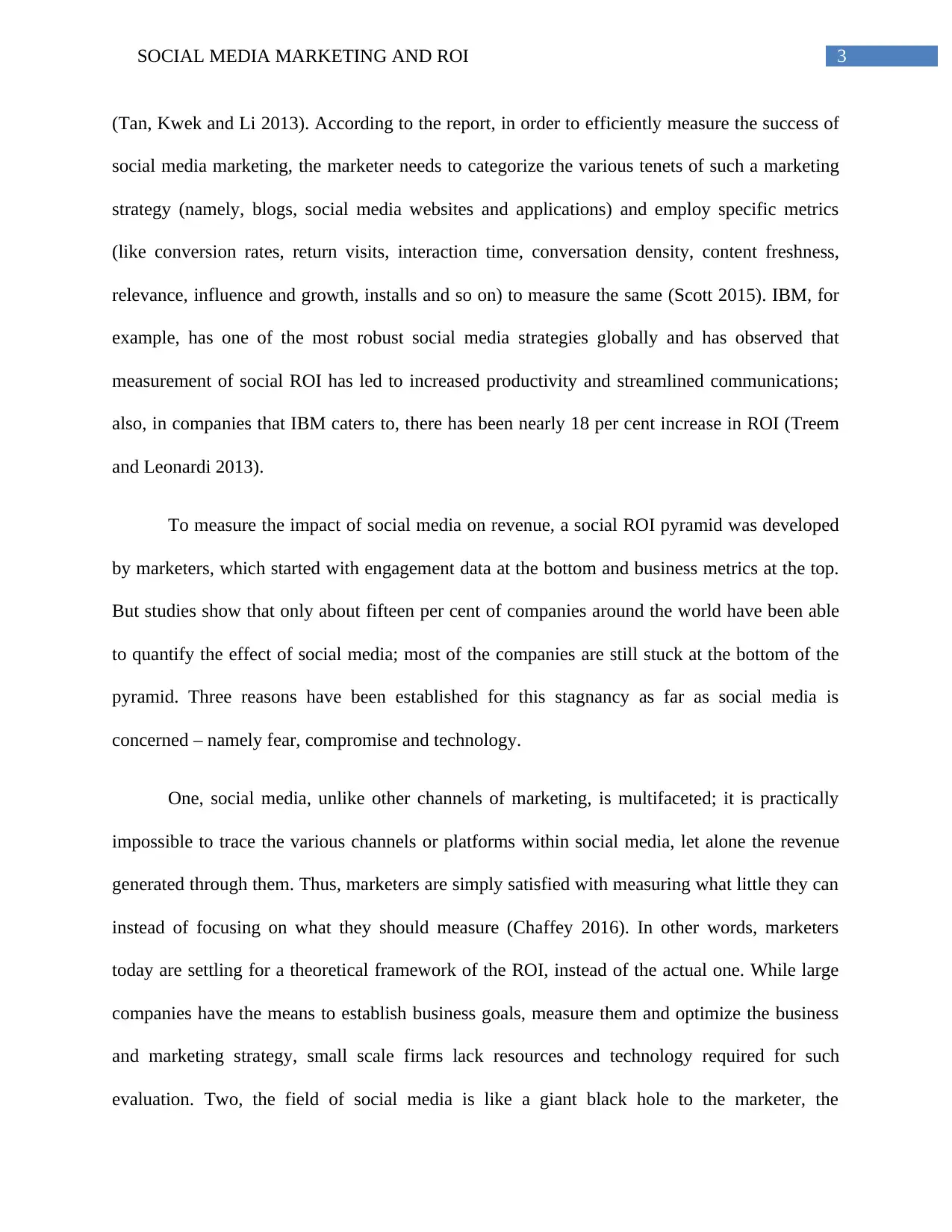
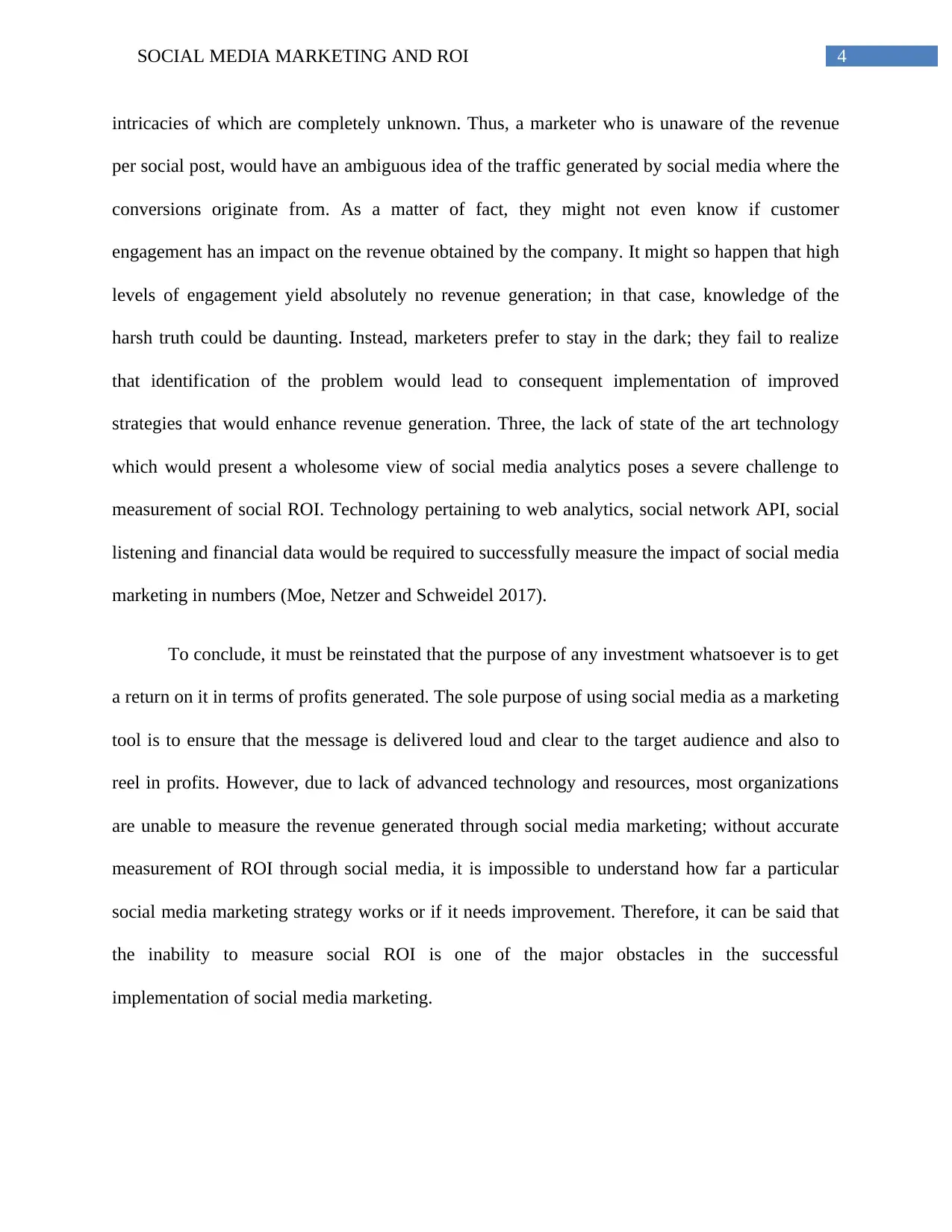
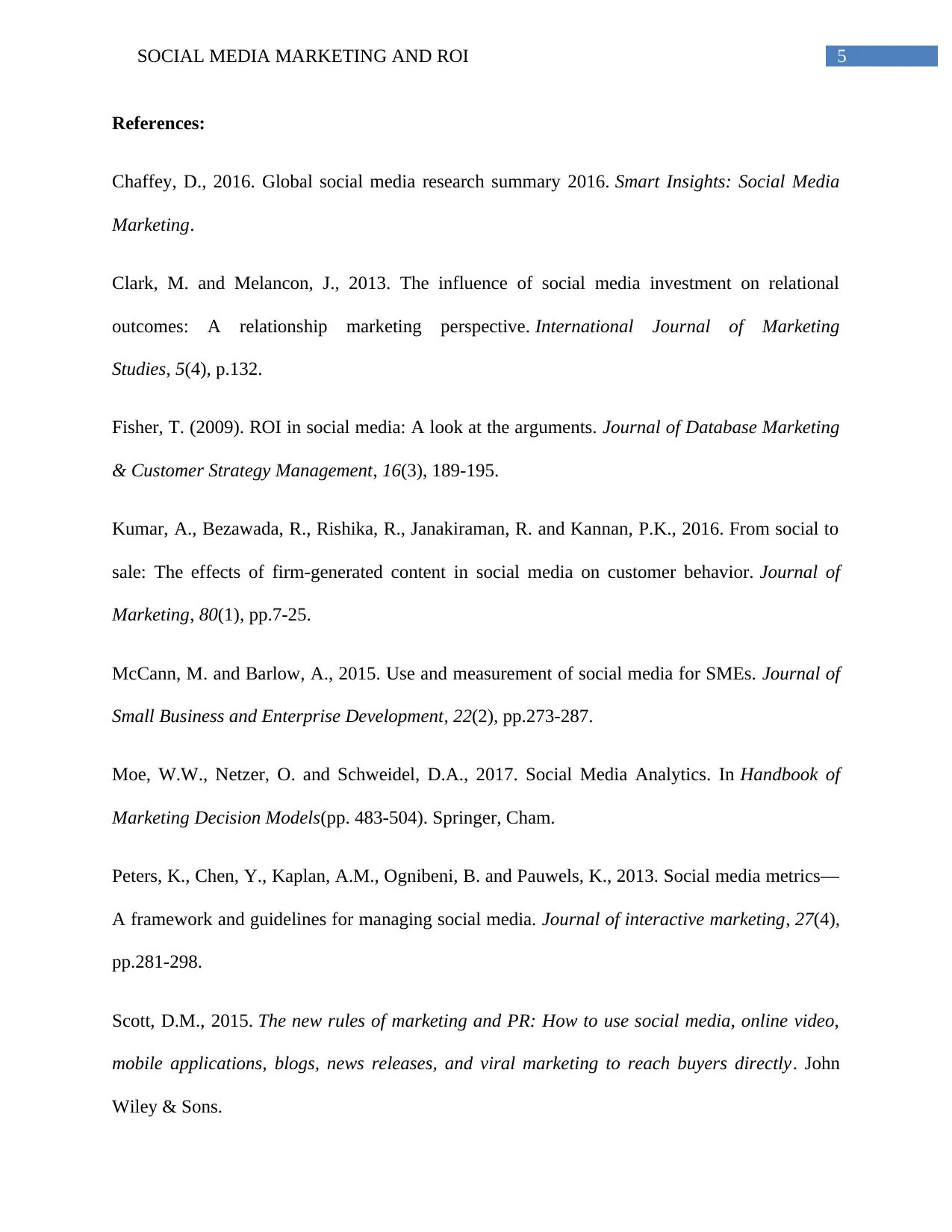
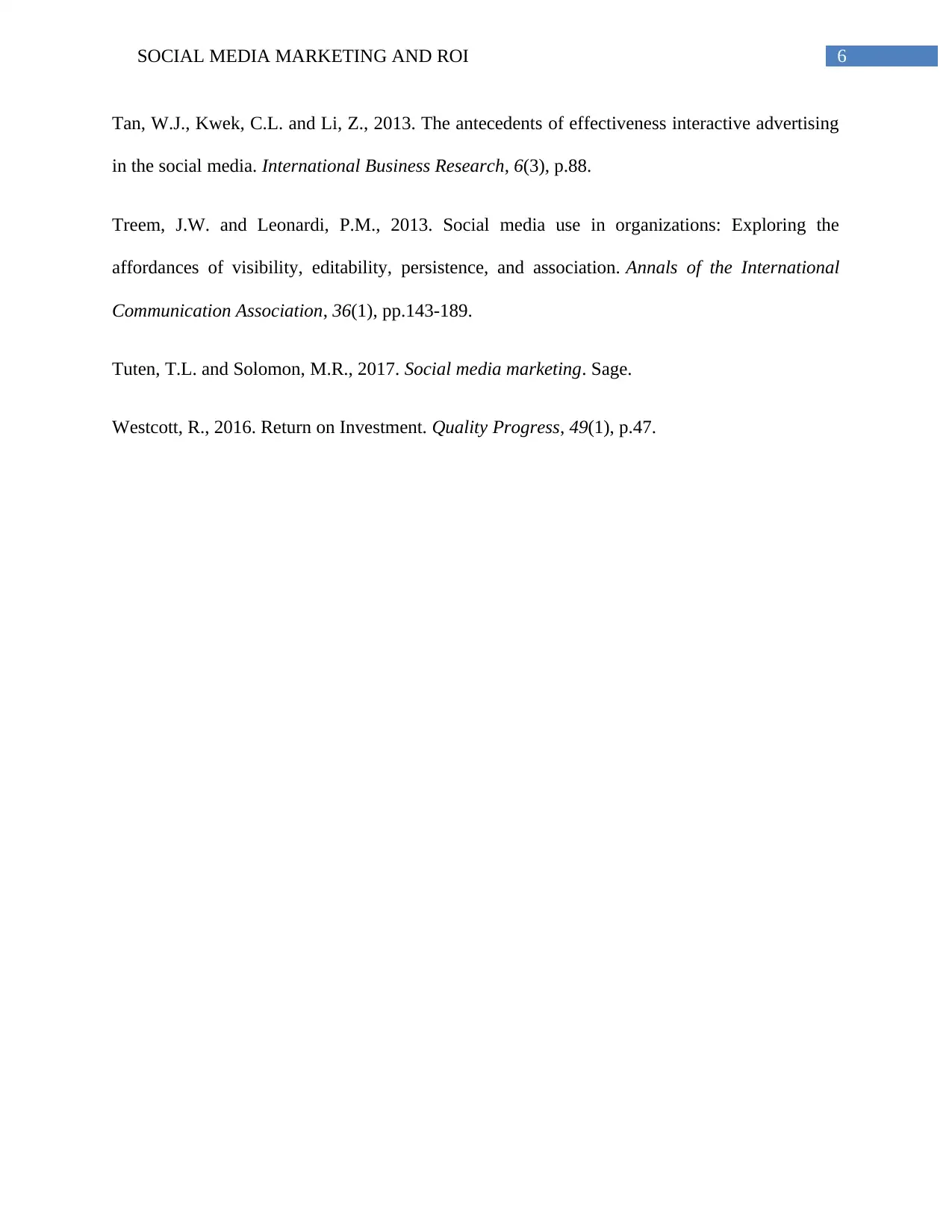






![[object Object]](/_next/static/media/star-bottom.7253800d.svg)